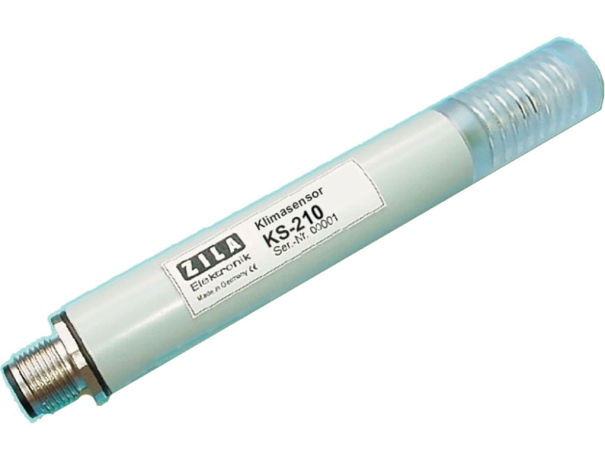Temperature measurement is a fundamental aspect of various industrial processes. Temperature transmitters, designed to convert temperature signals into readable data, come in different types, including thermocouples and resistance temperature detectors (RTDs). Each type serves specific purposes, catering to diverse industry needs.
Importance of humidity measurement
Humidity, often an overlooked factor, is equally critical in numerous applications. Humidity transmitters, ranging from basic hygrometers to more advanced capacitive and resistive sensors, offer insights into moisture levels. Understanding their significance is essential, especially in industries where humidity control is paramount.
Features to Look for in Transmitters
When selecting temperature and humidity transmitters, several features must be considered. The accuracy and precision of measurements, remote monitoring capabilities, and calibration options are key factors that determine the suitability of a transmitter for specific applications. Selecting the right transmitter involves evaluating factors such as the environmental conditions of the application, compatibility with existing systems, and the level of precision required. This section guides readers through the decision-making process, offering insights into making informed choices.
Application of Temperature and Humidity Transmitters
- HVAC Systems: Temperature and humidity control is essential for maintaining a comfortable indoor environment. Transmitters are employed in heating, ventilation, and air conditioning (HVAC) systems to ensure optimal conditions in homes, offices, hospitals, and other buildings.
- Industrial Processes: In manufacturing and industrial settings, precise control of temperature and humidity is critical for processes such as pharmaceutical production, food processing, and semiconductor manufacturing. Transmitters help monitor and regulate these environmental factors to ensure product quality and process efficiency.
- Cleanrooms and Laboratories: Industries like electronics, pharmaceuticals, and biotechnology often require cleanroom environments. Temperature and humidity transmitters are used to maintain specific conditions within these controlled environments to meet stringent quality and safety standards.
- Server Rooms and Data Centers: Temperature control is crucial in server rooms and data centers to prevent overheating and ensure the proper functioning of electronic equipment. Humidity monitoring is also important to prevent issues like condensation and electrostatic discharge.
- Agriculture: In agriculture, They are used in controlled environment agriculture (CEA) such as greenhouses and grow rooms. Maintaining optimal conditions promotes plant growth, improves crop yield, and ensures the success of indoor farming operations.
- Museums and Archives: Preservation of artifacts and documents is sensitive to environmental conditions. It help create and maintain the ideal climate in museums and archives to prevent deterioration of valuable items.
- Weather Stations: Transmitters are integral components of weather stations, providing real-time data on temperature and humidity. This information is crucial for meteorological research, climate monitoring, and forecasting.
- Transportation and Storage: During the transportation of goods, especially those sensitive to temperature and humidity, transmitters help monitor and control the conditions inside shipping containers. This is particularly important for industries like pharmaceuticals and food.
- Energy Management: In buildings and facilities, temperature and humidity transmitters are used in energy management systems to optimize heating, cooling, and ventilation processes, reducing energy consumption and costs.
